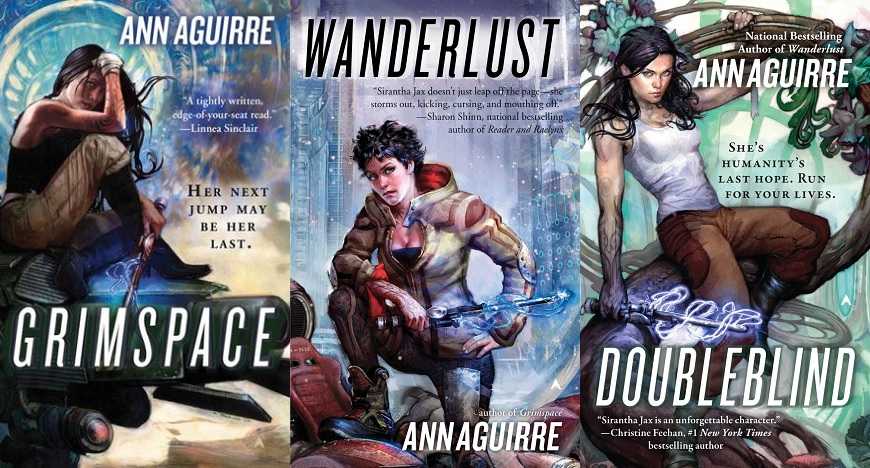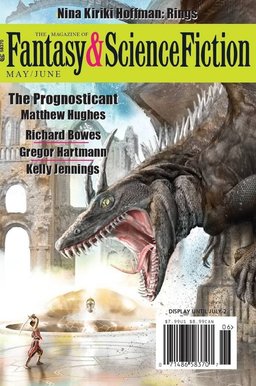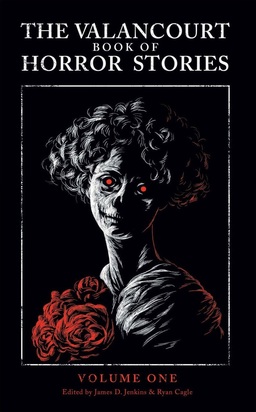Vintage Treasures: The Ace Novels of Patricia C. Wrede
On Thursday I was carefully stacking books in the vast subterranean treasure vault known locally as the Cave of Wonders (and which my wife calls, much more prosaically, our basement), when I found something unusual: a stack of unopened boxes. That’s a mystery worth investigating. I carted them back through winding tunnels and secret passageways until I reached our library, and pried them open with a crow bar.
Wonder of wonders! They were packed with vintage paperback and strange magazines. It’s like Christmas!
They were doubtless eBay booty that got hastily stashed in the basement because company was coming over five years ago, or something similar. Who knows. I have no recollection of them, so it’s like getting a surprise package from my former self. And, man. What great taste that guy has! There was an odd assortment of magic magazines from the early 1970s (chiefly The Linking Ring, which is packed with the most fabulous ads for trick cards, books, and neato magic books), a set of DAW volumes by Neal Barrett, Jr., and the collection of 80s Ace paperbacks by Patricia C. Wrede pictured above.
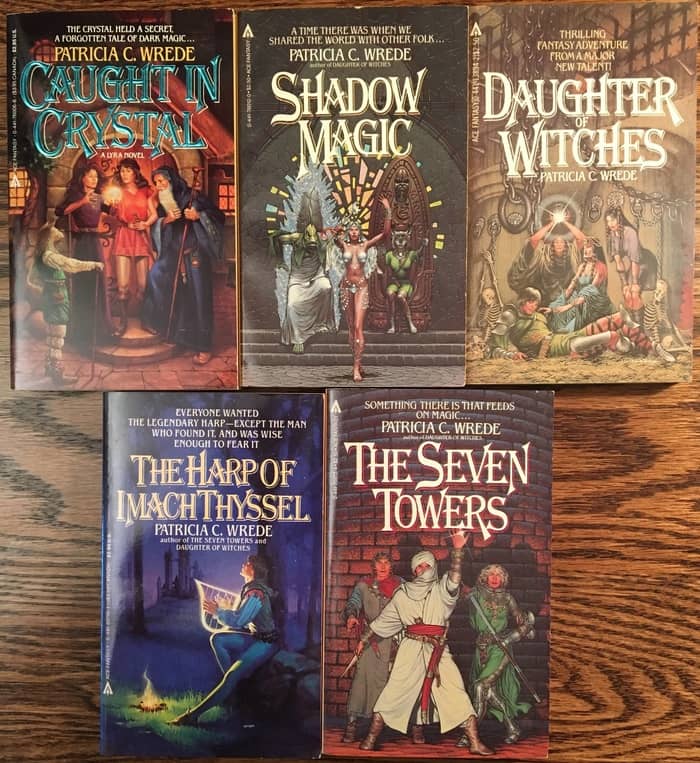

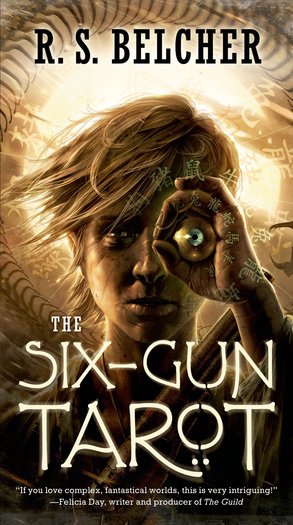
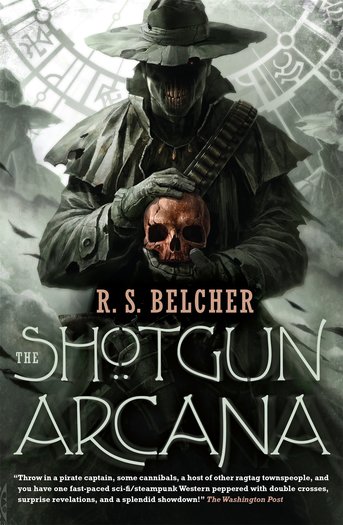
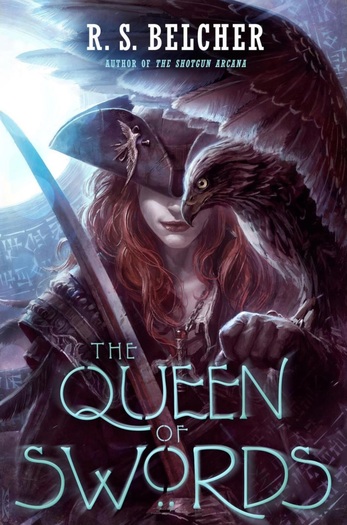

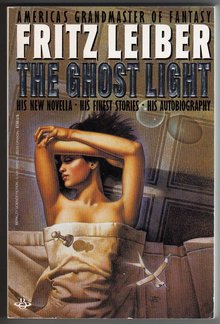 Here at Black Gate we often have posts on films and TV shows as they connect with or pertain to our favorite genre(s). If we don’t talk as much (or at all) about live drama, it’s probably because there’s not as much SF or Fantasy happening on the stage as there is on the screen. I’d think we’d all agree that with a very few exceptions stage effects are simply not equal to the kind of special effects SF and Fantasy often need.
Here at Black Gate we often have posts on films and TV shows as they connect with or pertain to our favorite genre(s). If we don’t talk as much (or at all) about live drama, it’s probably because there’s not as much SF or Fantasy happening on the stage as there is on the screen. I’d think we’d all agree that with a very few exceptions stage effects are simply not equal to the kind of special effects SF and Fantasy often need.
